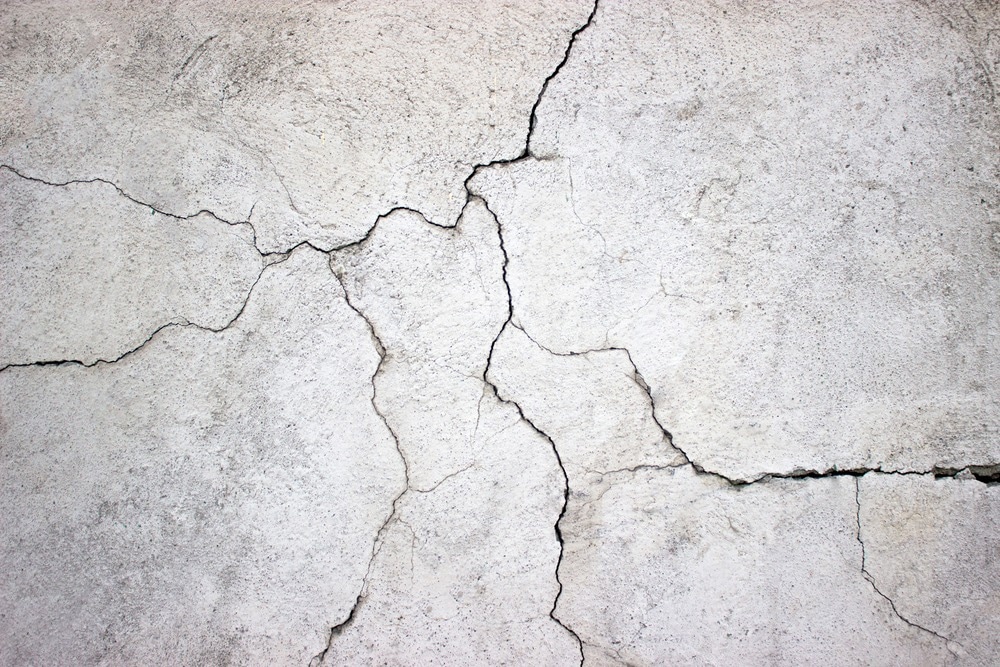New and exciting research emerging from Drexel University could increase the longevity of concrete structures by giving them the ability to heal themselves using bacteria.

Image Credit: Dmitr1ch/Shutterstock.com
As buildings age, concrete structures become susceptible to cracks and failure, and repairing or replacing these structures is both financially and environmentally costly. Concrete is one of the most highly produced and consumed materials in the world, but its carbon footprint is enormous. Estimates attribute approximately half of global CO2 emissions to the building and construction sectors. As we move toward a carbon-neutral society, it is necessary to look for ways to build sustainably and for the long term rather than looking to replace structures with short lifespans.
An exciting new paper published in the journal Construction and Building Materials outlines how scientists have developed bio-inspired polymeric fibers to deliver bacteria to cracks in concrete structures, increasing the lifetime of these buildings exponentially.
These polymeric fibers, called BioFibers, are made up of a polymeric shell layer encapsulating load-bearing core fibers and an endospore-filled hydrogel sheath. Endospores are non-reproductive, dormant bacterial structures produced by some strains. These bacterial endospores are the living agents that are able to create microbially-induced calcium carbonate precipitation (MICCP) in order to heal cracks in cementitious materials.
The team was inspired by skin’s ability to heal itself when developing their technology and turned to Lysinibacillus sphaericus, a common bacteria strain, as their biomineralizing agent.
The BioFiber is activated when water enters cracks and causes the hydrogel to expand. This in turn activates the bacteria in their endospore form, and MICCP occurs as the bacteria react with calcium in the concrete.
The BioFiber is poured into concrete in a grid-like pattern in order to strengthen it and activate when cracks occur.
The researchers have investigated and finalized the exact concentrations of solution required for maximum uptake for MICCP, and found that each BioFiber can produce 40 – 80 mg of calcium carbonate within just 30 hours.
The team continues to develop BioFiber in the hopes that, in the near future, this method could be used to stabilize cracks in new buildings without any external intervention.
References and Further Reading
Interview conducted by Skyla Baily Oct 12 2021 (2023) Calcium carbonate concrete: Building on recycling, AZoBuild.com. Available at: https://www.azobuild.com/article.aspx?ArticleID=8419 (Accessed: 11 December 2023).
Mohammad Houshmand Khaneghahi et al., Development of a nature-inspired polymeric fiber (BioFiber) for advanced delivery of self-healing agents into concrete, Construction and Building Materials, Volume 408, 2023. Available at: https://www.sciencedirect.com/science/article/pii/S0950061823034839
Veins of bacteria could form a self-healing system for Concrete Infrastructure (2023) Drexel Home. Available at: https://drexel.edu/news/archive/2023/December/BioFiber-self-healig-concrete (Accessed: 11 December 2023).
(No date) Bacteria ‘veins’ could help concrete heal itself. Available at: https://www.imeche.org/news/news-article/bacteria-’veins’-could-help-concrete-heal-itself (Accessed: 11 December 2023).